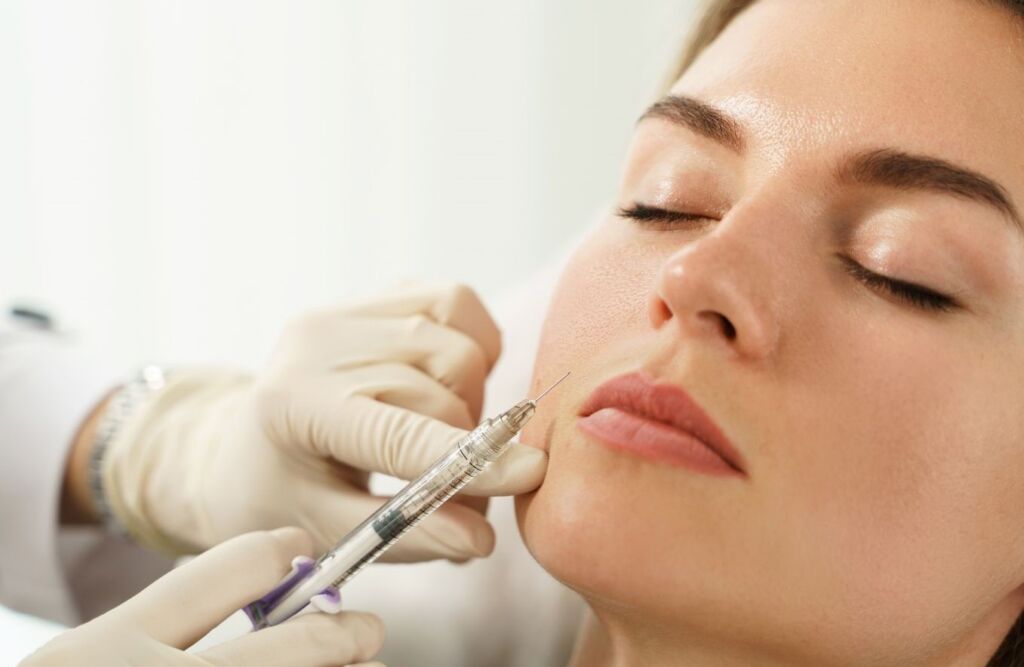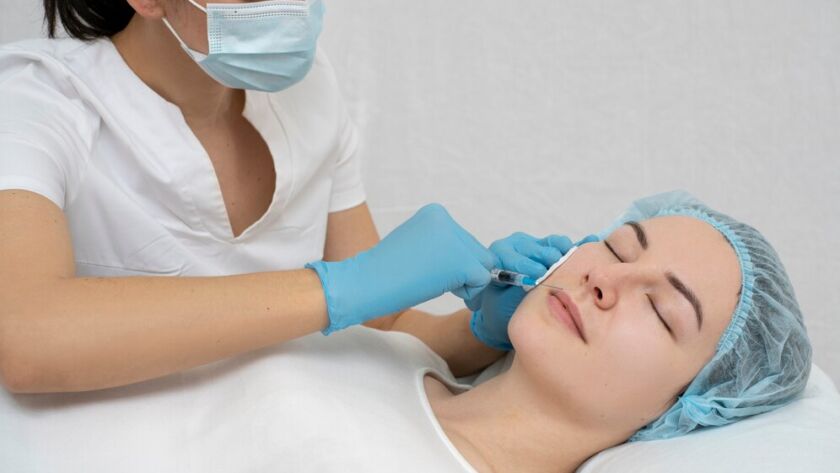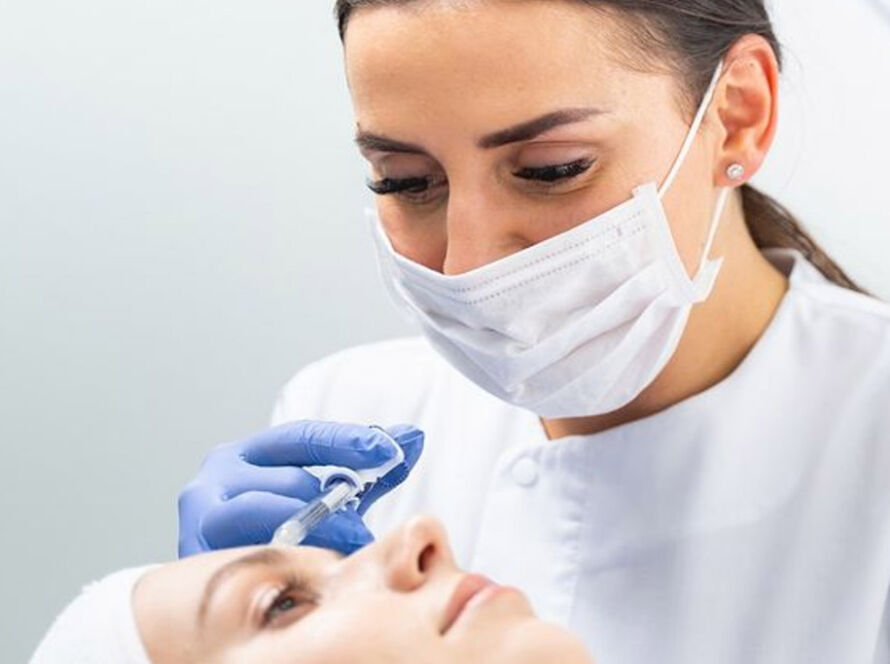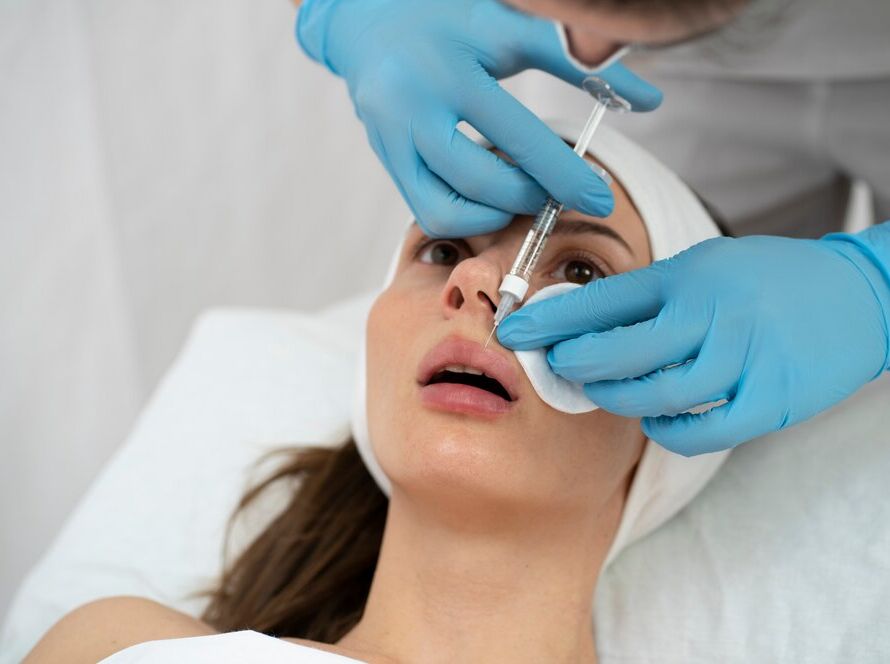Discuss the best practices for handling, storing, and disposing of injectable products to ensure safety and efficacy.The safety and effectiveness of injectable treatments—whether neurotoxins, dermal fillers, or other aesthetic products—depend significantly on proper handling and storage. As a practitioner, maintaining product integrity not only ensures optimal results for your patients but also minimizes risks like infections or compromised efficacy. Following the correct procedures protects your patients, your reputation, and your practice.


Understanding Manufacturer Guidelines
Every injectable product comes with detailed instructions for storage and handling, provided by the manufacturer. These guidelines are carefully developed to ensure the product maintains its integrity, potency, and safety.
Key Considerations:
- Temperature Control: Most neurotoxins, such as botulinum toxin, require refrigeration at 2°C to 8°C (36°F to 46°F). Some fillers may not require refrigeration but should still be stored at room temperature, away from heat and direct sunlight.
- Expiration Dates: Always check the expiration date before using a product. Expired products can lose effectiveness or cause adverse reactions.
- Packaging: Keep injectables in their original packaging until use to protect them from light and contamination.
Failure to follow these guidelines can render the product ineffective or unsafe, so strict adherence is non-negotiable.
Maintain a Sterile Environment
Sterility is critical when handling injectable products to prevent contamination, infection, or complications for your patients.
Best Practices:
- Use Aseptic Techniques: Always wash your hands thoroughly, wear gloves, and disinfect the injection site and surrounding area.
- Avoid Touching Needle Tips: The needle and syringe should remain sterile at all times. Never touch the needle tip or allow it to come into contact with non-sterile surfaces.
- Single-Use Products: Use single-dose vials and disposable syringes whenever possible. For multi-dose vials, follow strict protocols to prevent cross-contamination.
Ensuring a clean and sterile environment demonstrates professionalism and prioritizes patient safety.

Conclusion: A Commitment to Excellence
Safe handling and storage of injectable products are fundamental responsibilities for any injector. By following manufacturer guidelines, maintaining a sterile environment, and prioritizing proper training for you and your team, you can ensure the safety and satisfaction of every patient you treat.
We emphasize these critical skills in all our training programs. Whether you’re new to aesthetics or looking to refine your techniques, our courses provide the knowledge and hands-on experience you need to elevate your practice.
Ready to learn more? Explore our training programs and take the first step toward mastering the art of safe, effective injecting today.



